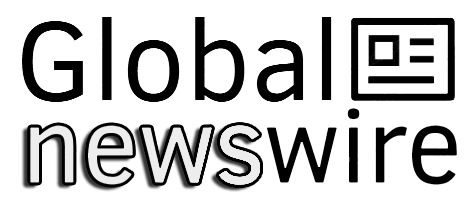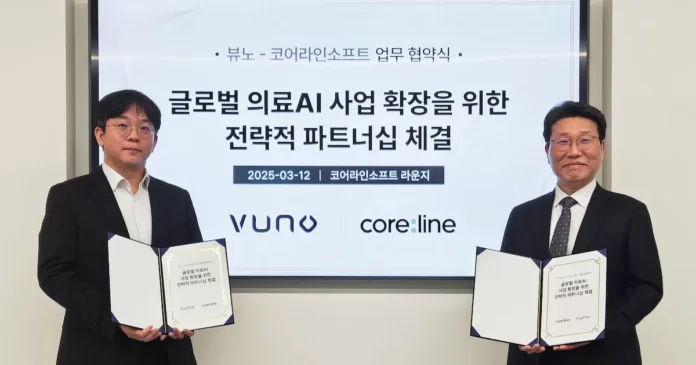Digital dentistry has been rapidly evolving in recent years, with new technologies and innovations constantly being introduced to improve the overall dental experience. One of the latest advancements in this field is the integration of artificial intelligence (AI) into dental diagnostic software. This cutting-edge technology is set to revolutionize the way dentists diagnose and treat their patients, making the process more efficient and accurate.
In South Korea, two digital dentistry solutions providers, Dentis and Vatech, have taken the lead in incorporating AI into their software. This move is expected to bring about significant improvements in the dental industry and enhance the quality of care provided to patients.
Dentis, a leading dental equipment manufacturer, has recently announced the integration of AI into its diagnostic software, DentiScan. This software is used for analyzing dental X-rays and providing accurate diagnoses of various dental conditions. With the incorporation of AI, DentiScan will now be able to detect and diagnose dental issues with even greater precision and speed.
The AI technology used in DentiScan is based on deep learning algorithms, which allow the software to continuously learn and improve its diagnostic capabilities. This means that the more it is used, the more accurate and efficient it becomes. This will not only benefit dentists in their diagnosis but also save valuable time for both the dentist and the patient.
Another Korean company, Vatech, has also joined the AI revolution by integrating AI into its dental imaging software, Ez3D-i. This software is used for creating 3D images of the patient’s mouth, which helps dentists to better visualize and plan their treatments. With the addition of AI, Ez3D-i will now be able to automatically analyze the images and provide a detailed report on any abnormalities or potential issues.
The AI technology used in Ez3D-i is based on machine learning algorithms, which enable the software to recognize patterns and abnormalities in the images. This will assist dentists in making more accurate diagnoses and developing personalized treatment plans for their patients. Moreover, the software will also be able to detect any changes in the patient’s oral health over time, allowing for early detection and prevention of potential dental problems.
The integration of AI into dental diagnostic software is a game-changer for the dental industry. It not only improves the accuracy and efficiency of diagnoses but also allows for better treatment planning and prevention of future dental issues. This will ultimately lead to better oral health outcomes for patients.
Moreover, the use of AI in dentistry also has the potential to reduce the workload of dentists, allowing them to focus more on patient care and less on administrative tasks. This will result in a more positive and personalized experience for patients, as well as increased job satisfaction for dentists.
In addition to improving the diagnostic process, the integration of AI into dental software also has the potential to enhance patient education. With the help of AI, dentists can now show patients a visual representation of their oral health and explain any potential issues in a more understandable manner. This will empower patients to take better care of their oral health and make informed decisions about their treatment options.
The incorporation of AI into dental diagnostic software is just the beginning of the digital revolution in dentistry. With the continuous advancements in technology, we can expect to see even more innovative solutions in the near future. This will not only benefit dentists and patients but also contribute to the overall growth and development of the dental industry.
In conclusion, the integration of AI into dental diagnostic software by Korean companies Dentis and Vatech is a significant step towards the future of dentistry. This technology has the potential to improve the accuracy and efficiency of diagnoses, enhance patient education, and reduce the workload of dentists. It is a positive development that will undoubtedly bring about positive changes in the dental industry and ultimately benefit patients.

